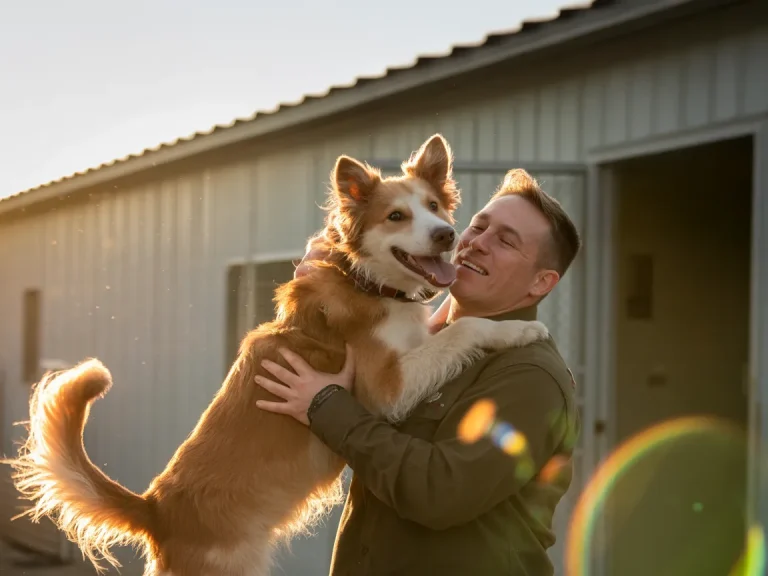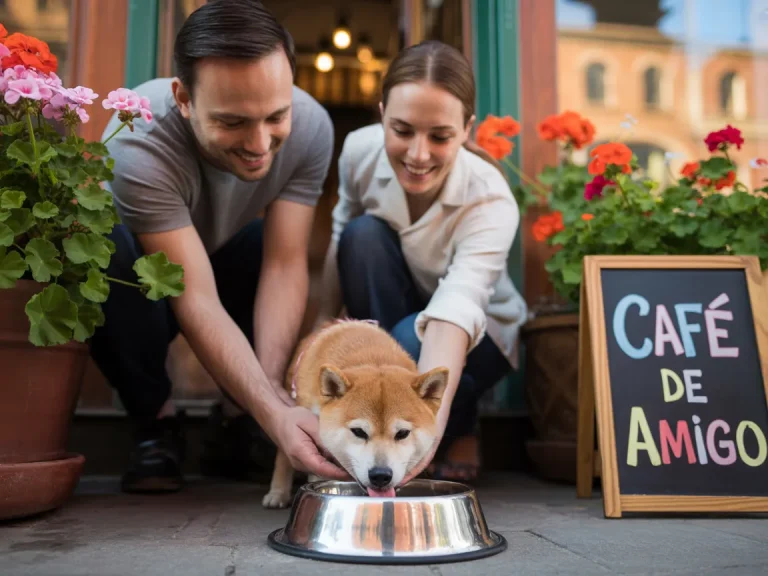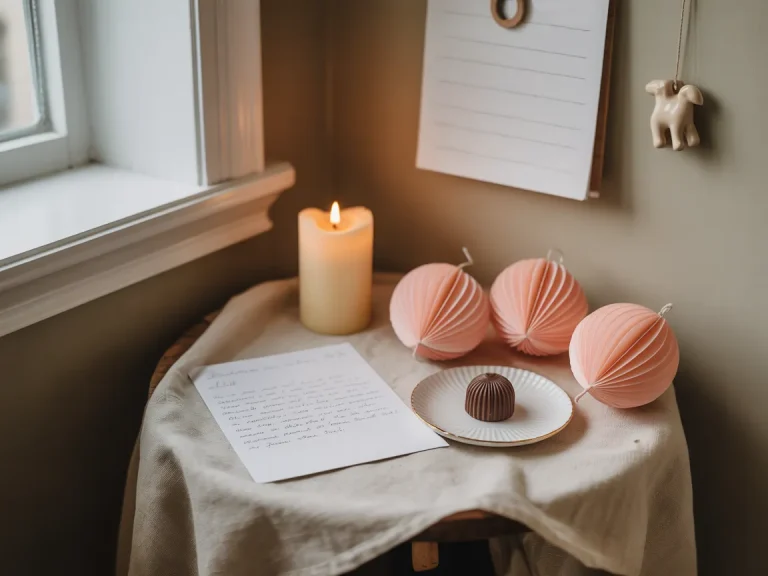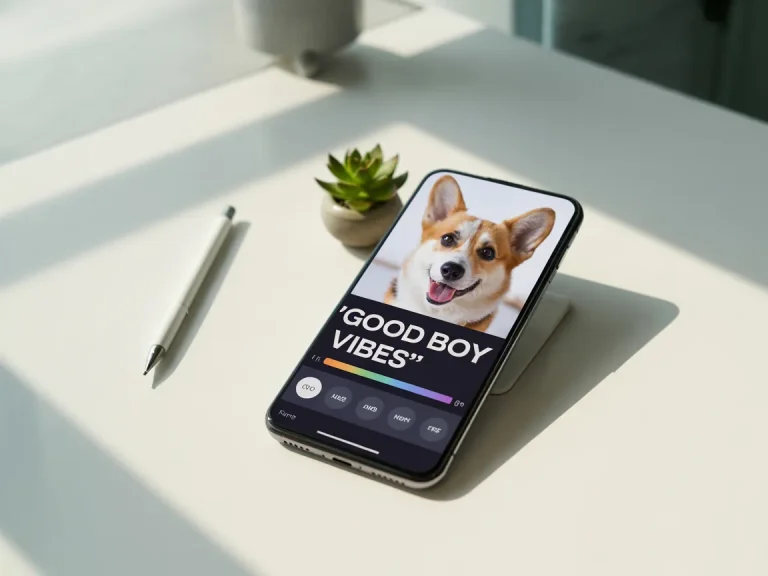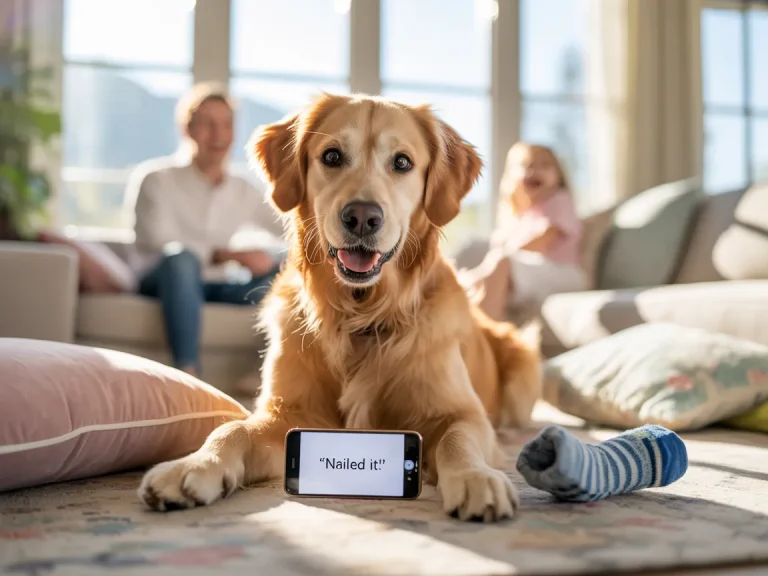Crafting spaces, objects, and tiny moments of beauty for our dogs isn’t just about making things look nice—it’s about making their world feel like home. Whether you’re sketching a custom portrait, repainting the dog room, or piping icing on a birthday treat, the little design choices you make ripple into their comfort, curiosity, and joy. Below is practical, down-to-earth advice (with the kind of detail I’d share over coffee with a fellow dog lover) for creating dog-focused environments and art that feel thoughtful, lived-in, and loved.
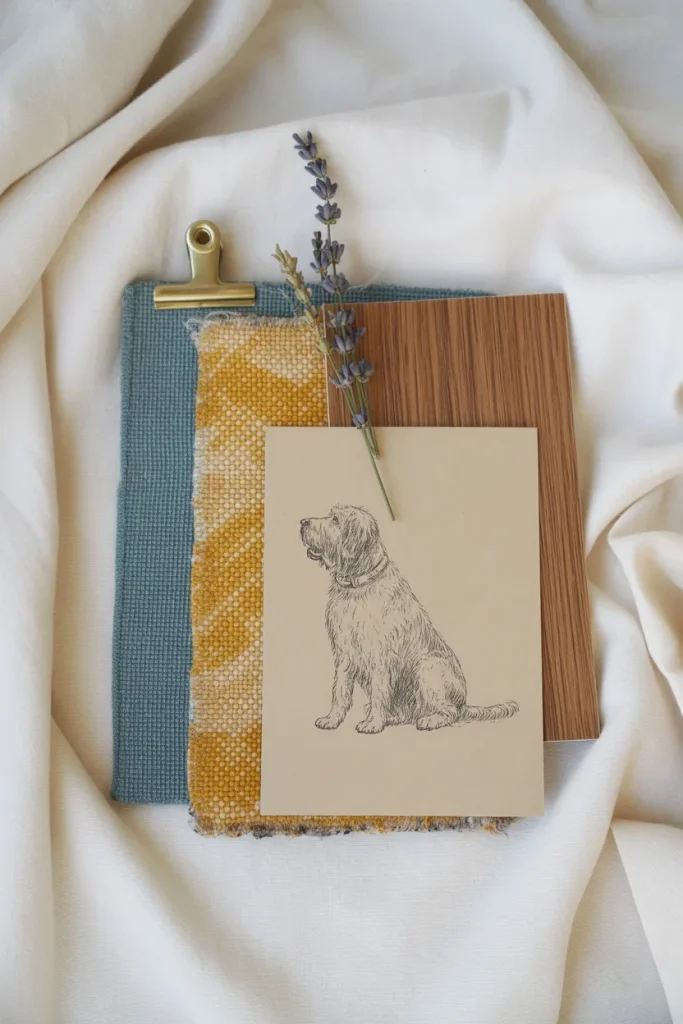
Why Design Matters in a Dog’s World
Have you ever watched a dog settle into a space and thought, “Yep, they get it”? Great design doesn’t just please human eyes—it shapes how a dog moves, rests, and relaxes. Think of it like tailoring a suit: a dog’s environment should fit their instincts and body the way a well-cut jacket hugs your shoulders. Start with the basics: dogs see muted blues and yellows best, so rolling on a soft steel blue wall or dropping a sunflower-yellow rug in a corner isn’t just pretty—it helps with their orientation, especially as they get older. Texture matters too. High-traffic areas benefit from washable slipcovers, low-pile rugs, and surfaces that shrug off scratches, while cuddle corners get the softer, touchable stuff—chunky knits or plush throws, reserved for when you’re supervising that luxurious snuggle session.
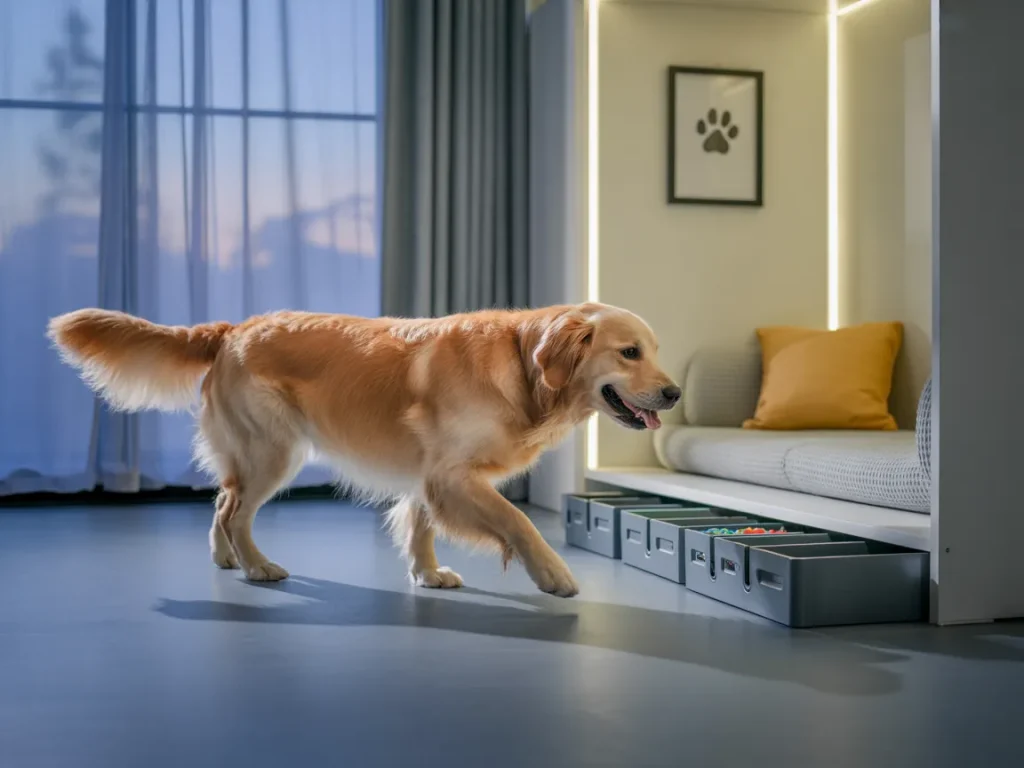
Designing an Enriching Indoor Haven
If you’re carving out a “dog room,” don’t just dump their bed in a corner and call it good. Break the space into purpose-made areas that speak to what dogs naturally need: rest, engagement, and refreshment.
For rest, give them a quiet, draft-free nook. An orthopedic bed set inside a DIY wooden frame raised just a hair off the floor lets air circulate while keeping pressure off joints. It looks intentional and feels like a den they’d choose themselves.
Play isn’t about tossing toys in a heap. Think about access: toy bins hinged at nose level invite independent exploration, and a few wall-safe mirrors placed where they can see a “packmate” do double duty—fun and boredom prevention. They’ll glance, get curious, and keep their brain active without you having to do the whole entertainment routine.
Refreshment should be easy and graceful. A spill-proof hydration station tucked on padded flooring keeps slipping and joint jarring to a minimum. Clean-up becomes less of a chore, and the dog stays happy and hydrated.
Lighting gets ignored too often. Harsh overhead fluorescents? Ditch them. Dogs nap best when lighting mimics natural rhythms—adjustable LEDs on dimmers that soften like dawn or fade like dusk help their internal clock stay calm. Personal touches seal the deal: framed paw prints, simple line-drawn silhouettes of your dog at their eye level, maybe even a favorite quote scrawled in your handwriting. It’s their space; let it feel owned, not just allocated.
If you’re running a small grooming salon or in-home daycare, scale these ideas without losing soul. Glass half-walls give small breeds a sense of security while letting them see what’s going on, and color-coded harness hooks speed up pickup without fumbling. And yes—commercial-grade air filtration isn’t just a “nice-to-have.” Clients notice that clean, fresh air on their first visit; it says you care down to the details.
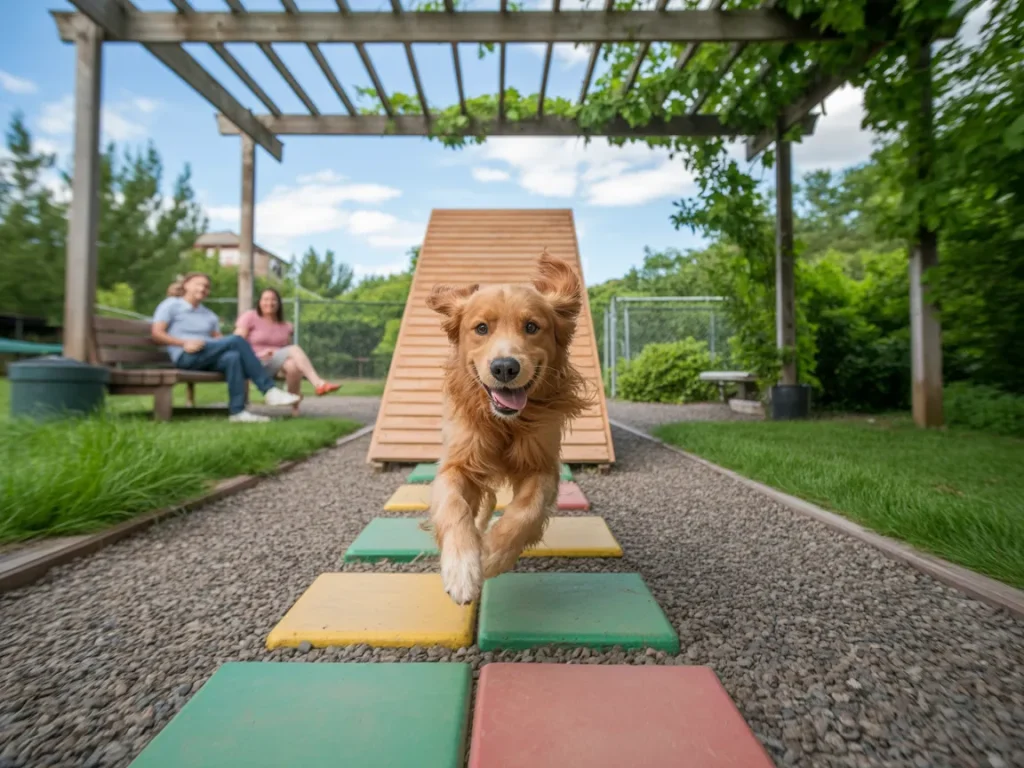
Outdoor Inspiration: Small-Scale Dog Park Design
You don’t need a city budget to borrow the good stuff from professional dog park design. Even a modest yard can become a layered, sensory, confidence-building playground.
Start underfoot: mixing in different substrates—patches of grass, pea gravel, and recycled rubber—keeps paws strong, manages drainage, and gives dogs a subtle “map” of zones without a sign. Sprinkle in a few agility-style elements: a cedar plank A-frame, PVC weave poles, and a low balance beam don’t have to be Olympic-grade to teach body awareness and boost swagger.
Shade is sacred. A pergola with climbing, hardy vines offers cool respite, and positioning benches so humans can watch without getting in the way keeps the “zoomie” lanes clear. Smart irrigation pulls double duty: drip lines around marking posts help neutralize odors, and planting tough varieties like fescue means the grass takes a beating and keeps bouncing back.
Want to add a touch that feels like a secret garden? Build little sniff stations with dog-safe herbs—rosemary, basil, even valerian. These “sniff stops” give anxious dogs something purposeful to do and turn a yard into a discovery trail. Keep a waterproof sketchbook nearby; jot down how your dog explores each new piece. Those scribbles become gold when you tweak the layout later—what they ignored, what had them circling back, what got a tail wag so big it practically had its own breeze.
If you’d like, I can help turn this into a full blog post with a headline, intro hook, SEO-friendly subtext, or even a companion printable checklist for readers who want a quick “what to do” version. Do you want to build that next?
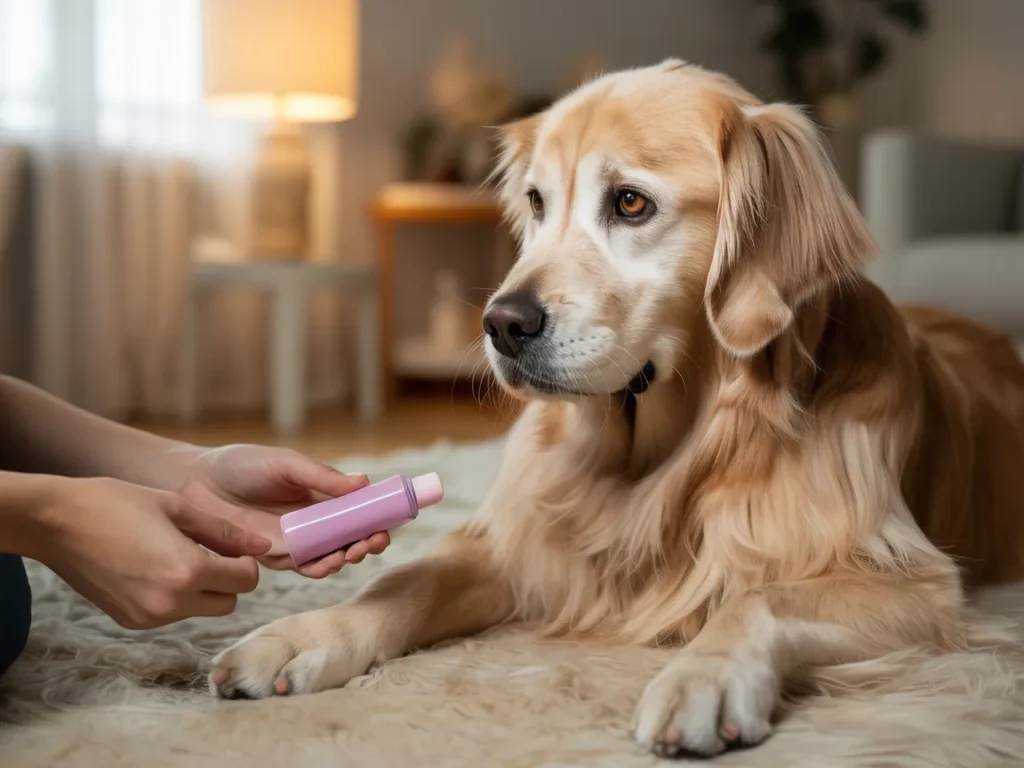
Tiny Canvases: Dog Nails Design Done Right
Painting paws is like giving your dog a little wearable art—if you do it with care, it’s safe, fun, and even relaxing for both of you. Start with pet-safe, water-based varnishes—nothing with formaldehyde or toluene. Keep the whole thing short: ten minutes or less, and ease into it by gently handling the paws first so your dog knows this isn’t a weird punishment ritual.
A few hands-on tricks that actually help:
- Clip and file the nails first so polish doesn’t catch or peel early.
- Lay down a quick-dry base coat, then do two thin layers of color, letting each one set. Finish with a breathable top coat so the design lasts without suffocating the nail.
- With puppies, one accent claw per paw is enough; their attention spans are tiny, and keeping it simple makes it feel like a win for both of you.
Got a dog who insists on licking or chewing at wet polish? Give them a frozen lick mat to focus on while the polish hardens. After about a week, take it all off and check the nail health—fresh starts keep things healthy. Keep a photo log of your “pawdicures.” Over time you’ll notice what color families pop next to their coat—like a little style diary for your furball.
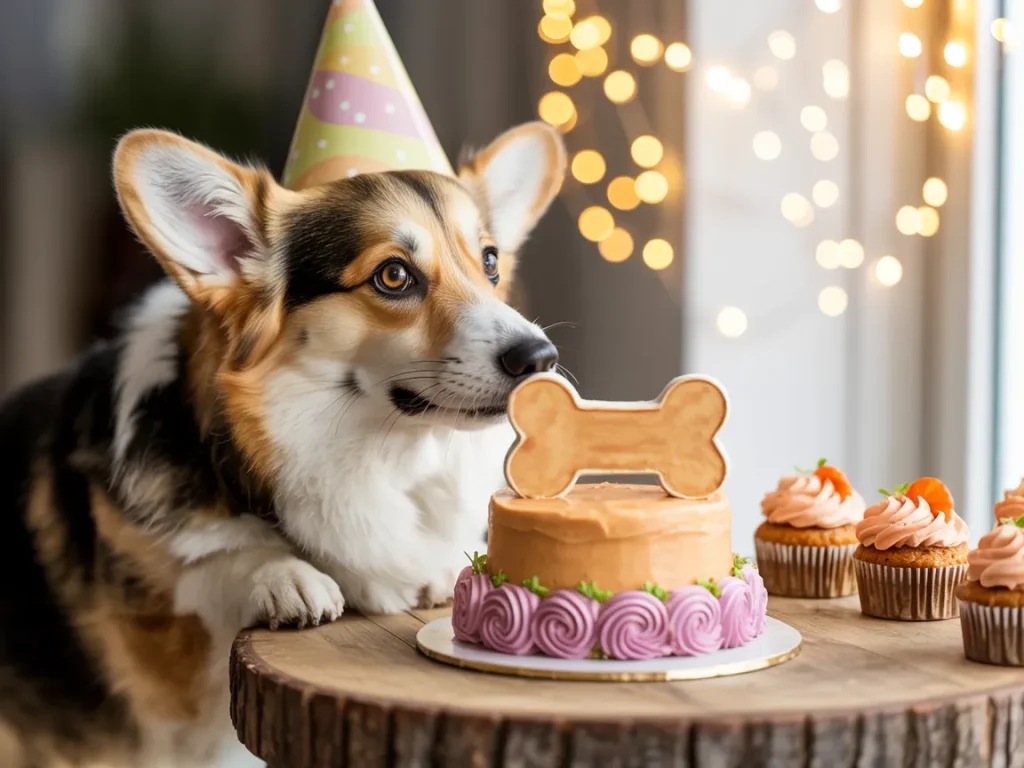
Designing a Birthday Masterpiece
Want a cake that gets tail wags and human “wow”s? The secret is making something that tastes like love to your dog and looks like a celebration to everyone else. Swap refined sugar for mashed sweet potato “buttercream” and wheat flour transforms into oats or chickpea flour. Use silicone molds (bones, paws, whatever fits their personality) so the shapes bake evenly and pop out clean.
Decoration that holds up and delights:
- Piping: A piping bag with a large star tip makes rosettes that survive curious snouts and still look fancy.
- Natural color: Beet powder, spirulina, turmeric—these give you color without the mystery of artificial dyes.
- Toppers: Dehydrate apple slices or bake tiny biscuits spelling your pup’s name. It’s like edible confetti that says, “This party is about you.”
Always trial any new ingredient a few days early in small bites—better to know ahead of time than mid-party sneezing. And don’t leave the humans out: mirror the dog cake with a matching carrot-cake cupcake tower so everyone can dig in together, side by side.
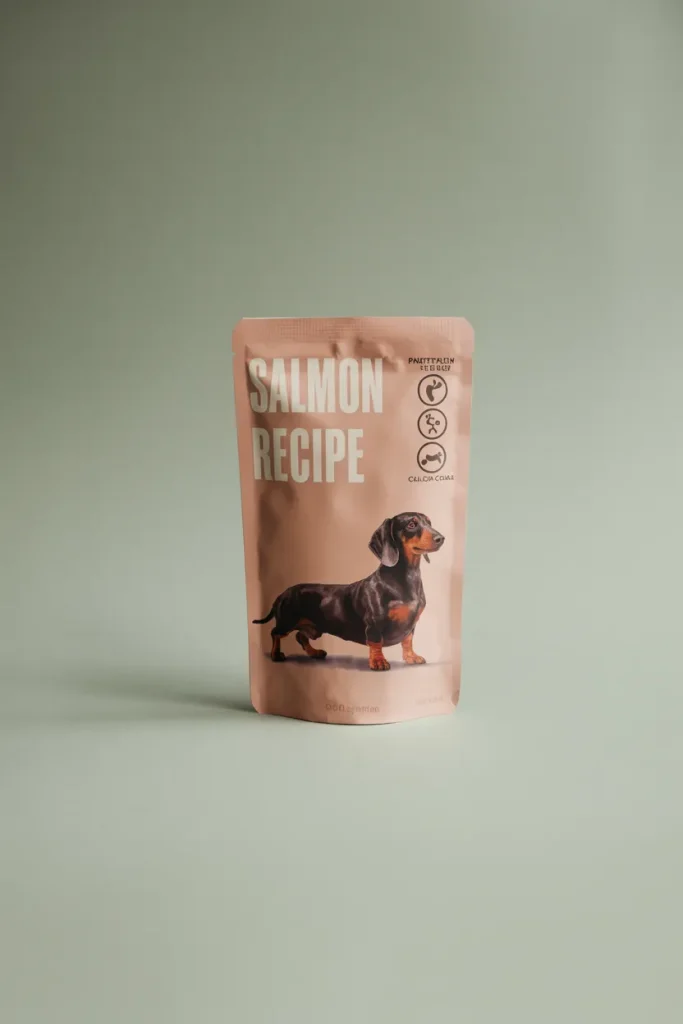
Functional Aesthetics: Dog Food Packaging Design
Good packaging does more than look pretty. It tells the story, removes guesswork, and feels like a quiet promise to the buyer. If you’re building a brand or teaming up with a boutique line, lean into these pillars:
- Visual hierarchy: Put the protein source and calorie info up top where busy shoppers (and tired pet parents) can spot the essentials in a glance.
- Color coding: Keep consistent cues—teal for fish blends, burnt orange for senior formulas—so people don’t have to read everything to find what they want.
- Sustainability: Mono-material recyclable pouches aren’t just eco-friendly—they keep lingering smells down and signal thoughtfulness beyond the bowl.
- Illustrative storytelling: A small watercolor portrait or a minimalist dachshund motif gives the bag personality without cluttering it.
Add tactile signals of quality: a soft-touch matte finish feels substantial, even when your hands are damp from prepping dinner. On the back, clear infographics showing how to transition food or portion it make a real difference—people actually spend more time with packages that explain things simply and visually. It’s the subtle stuff that turns a bag into a trusted tool.
Breed-Specific Flair: The Dachshund Design Case Study
Dachshunds are proof that bodies don’t have to follow the “standard” to have personality—and their shape demands both respect and creativity. That long, low frame gives you chances to solve real comfort problems and sneak in delightful design twists.
For a custom dog house, shift the entrance off to the side so your dachshund can turn around inside without feeling like they’re squeezing through a tunnel. Swap stairs for gentle ramps; those shallow inclines treat their sensitive spines like the treasure they are. Low-mounted windows let them keep tabs on the yard without awkward stretches—small design decisions that say, “I see you, sausage dog, and I built this for you.”
Conclusion: Design as Daily Enrichment
What if every collar, corner, and cake you make were a tiny love letter to the dog in your life? That’s the heart of this approach. Thoughtful design isn’t extra—it’s the quiet engine that powers comfort, curiosity, and connection. A backyard tunnel becomes practice in body awareness. A speedy paw-dicure session becomes trust-building. A well-placed window becomes a peek into joy.
Let your dog’s reactions guide you. Tweak, experiment, and keep a mental (or real) notebook of what makes them lean in versus what they shrug off. Design with their body, senses, and personality in mind—and don’t be afraid to let your creativity run free. The best outcomes aren’t perfect; they’re lived in, tail-wag approved, and make both of you smile when you walk in the room.
Disclaimer: This article is for informational purposes only and does not constitute professional veterinary advice. Always consult a licensed veterinarian or certified dog trainer regarding the specific needs and health of your dog.
